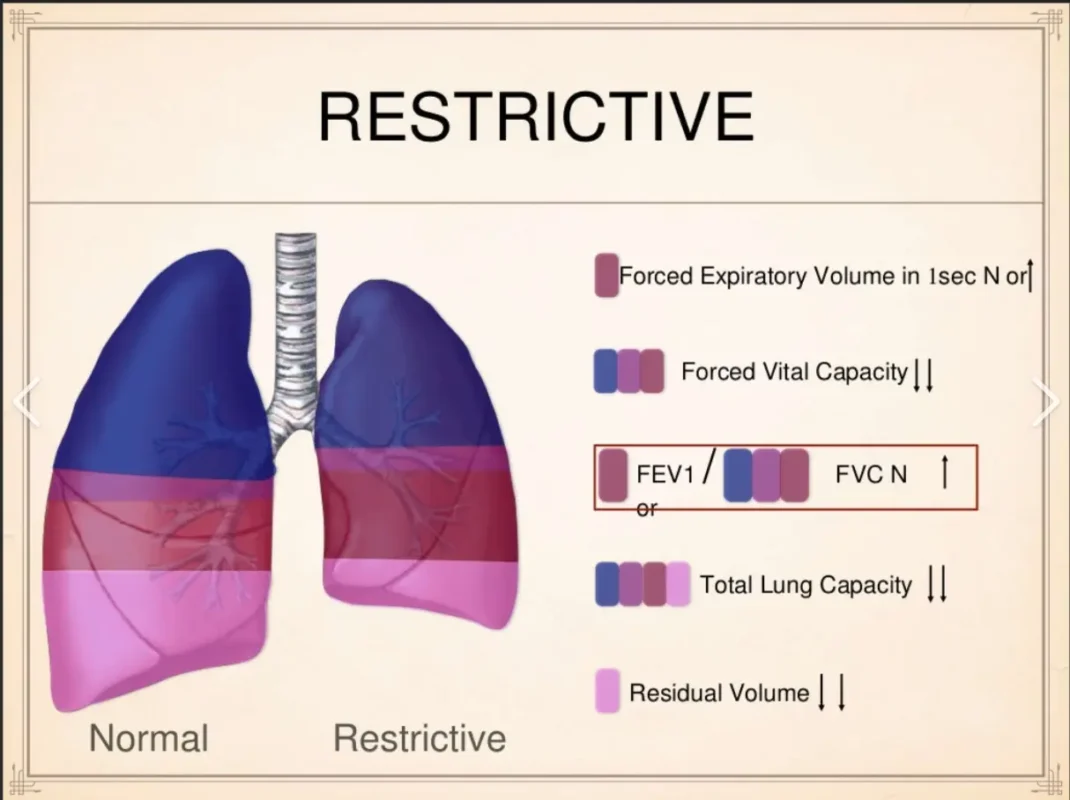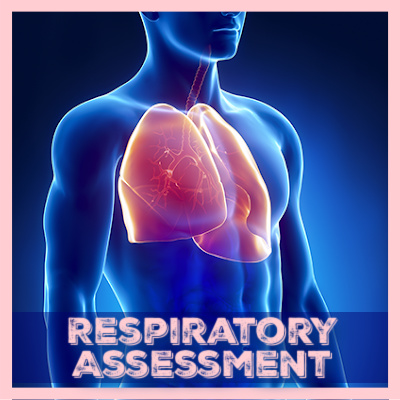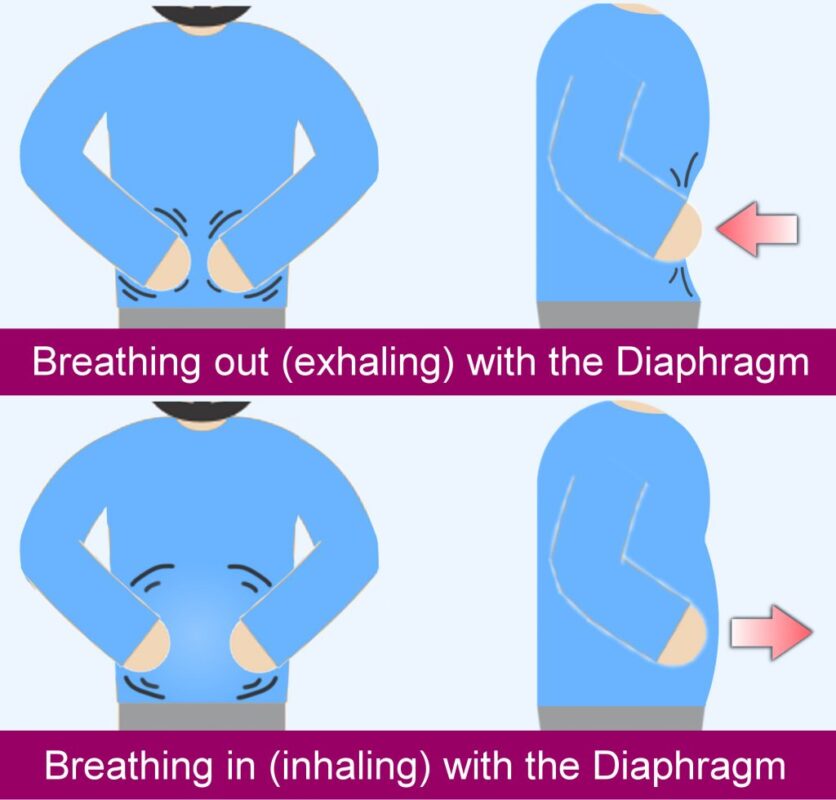Doença pulmonar restritiva Escoliose: A escoliose é uma doença caracterizada por uma curvatura anormal da coluna vertebral, que pode levar a várias complicações respiratórias. Quando a escoliose é acompanhada por uma doença pulmonar restritiva, o impacto na função respiratória pode ser ainda mais significativo. Este artigo tem como objetivo fornecer uma compreensão abrangente da escoliose e da doença pulmonar restritiva, das complicações respiratórias comuns associadas a estas condições, do diagnóstico e da avaliação da função respiratória, das abordagens de tratamento das complicações respiratórias, da gestão da dor e do desconforto, das modificações do estilo de vida para melhorar a saúde respiratória e dos cuidados de gestão e acompanhamento a longo prazo.
Compreender a escoliose e a doença pulmonar restritiva
Doença pulmonar restritiva Escoliose: A escoliose é uma doença que afecta o alinhamento da coluna vertebral, fazendo com que esta se curve para o lado. Pode ocorrer em crianças, adolescentes e adultos, e a gravidade da curvatura pode variar. A doença pulmonar restritiva refere-se a um grupo de doenças pulmonares que restringem a expansão dos pulmões, dificultando a respiração correta. Quando a escoliose e a doença pulmonar restritiva coexistem, a curvatura anormal da coluna vertebral pode limitar ainda mais a capacidade pulmonar, levando a complicações respiratórias.

Complicações respiratórias comuns na escoliose e na doença pulmonar restritiva
As complicações respiratórias associadas à escoliose e à doença pulmonar restritiva podem incluir a redução da capacidade pulmonar, a diminuição dos níveis de oxigénio, a diminuição das trocas gasosas e o aumento do risco de infecções respiratórias. A gravidade destas complicações pode variar consoante o grau de curvatura da coluna vertebral e a doença pulmonar subjacente. É essencial identificar e tratar rapidamente estas complicações para evitar uma maior deterioração da função respiratória.
Diagnóstico e avaliação da função respiratória
O diagnóstico de complicações respiratórias em indivíduos com escoliose e doença pulmonar restritiva envolve uma avaliação abrangente da função pulmonar. Esta pode incluir testes de função pulmonar, radiografias ao tórax, análise de gases no sangue arterial e estudos do sono. Estas avaliações ajudam a determinar a gravidade do comprometimento respiratório e orientam as decisões de tratamento.

Abordagens de tratamento para complicações respiratórias
A gestão das complicações respiratórias na escoliose e na doença pulmonar restritiva envolve uma abordagem multidisciplinar. As opções de tratamento podem incluir técnicas de ventilação não invasiva, fisioterapia torácica, exercícios respiratórios, intervenções cirúrgicas e estratégias de controlo da dor. A escolha do tratamento depende das necessidades específicas do indivíduo e da gravidade do comprometimento respiratório.
Técnicas de ventilação não invasivas
As técnicas de ventilação não invasivas, como a pressão positiva contínua nas vias respiratórias (CPAP) e a pressão positiva bilevel nas vias respiratórias (BiPAP), podem ser benéficas para melhorar a função respiratória em indivíduos com escoliose e doença pulmonar restritiva. Estas técnicas fornecem apoio mecânico às vias aéreas, ajudando a manter níveis adequados de oxigénio e a reduzir o trabalho respiratório.
Fisioterapia torácica e exercícios respiratórios
A fisioterapia torácica e os exercícios respiratórios desempenham um papel crucial no controlo das complicações respiratórias. Técnicas como os exercícios de respiração profunda, a espirometria de incentivo e as técnicas de desobstrução das vias respiratórias ajudam a melhorar a expansão pulmonar, a limpar o muco das vias respiratórias e a melhorar a função respiratória global. Estas intervenções devem ser adaptadas às necessidades específicas do indivíduo e podem exigir a orientação de um terapeuta respiratório ou fisioterapeuta.

Intervenções cirúrgicas para complicações respiratórias
Em casos graves de escoliose e doença pulmonar restritiva, podem ser necessárias intervenções cirúrgicas para corrigir a curvatura da coluna vertebral e aliviar as complicações respiratórias. A cirurgia de fusão da coluna vertebral é um procedimento comum que tem como objetivo endireitar a coluna vertebral e estabilizá-la utilizando hastes e parafusos metálicos. Esta cirurgia pode melhorar a função pulmonar e reduzir o risco de maior deterioração respiratória.
Gerir a dor e o desconforto
A dor e o desconforto são comuns em indivíduos com escoliose e doença pulmonar restritiva. Estratégias eficazes de gestão da dor, como medicação, fisioterapia e terapias alternativas como a acupunctura ou a quiroprática, podem ajudar a aliviar a dor e a melhorar o bem-estar geral. É essencial tratar a dor prontamente para garantir uma função respiratória e uma qualidade de vida óptimas.
Modificações do estilo de vida para melhorar a saúde respiratória
A adoção de determinadas modificações no estilo de vida pode melhorar significativamente a saúde respiratória em indivíduos com escoliose e doença pulmonar restritiva. Estas podem incluir a manutenção de um peso saudável, evitar fumar e a exposição ao fumo passivo, praticar uma boa postura, praticar uma atividade física regular e gerir os níveis de stress. Estas mudanças no estilo de vida podem melhorar a função pulmonar e reduzir o risco de complicações respiratórias.
Gestão a longo prazo e cuidados de acompanhamento
A gestão a longo prazo das complicações respiratórias na escoliose e na doença pulmonar restritiva requer um acompanhamento regular. Isto pode envolver avaliações periódicas da função pulmonar, a monitorização de sinais de deterioração respiratória e o ajustamento das estratégias de tratamento, conforme necessário. É crucial manter uma comunicação aberta com os prestadores de cuidados de saúde e procurar assistência médica imediata para quaisquer alterações nos sintomas respiratórios.
Conclusão
A escoliose e a doença pulmonar restritiva podem ter um impacto significativo na função respiratória, conduzindo a várias complicações. O diagnóstico precoce, a avaliação exaustiva da função respiratória e uma abordagem de tratamento multidisciplinar são essenciais para gerir eficazmente estas complicações. As técnicas de ventilação não invasiva, a fisioterapia torácica, as intervenções cirúrgicas, as estratégias de gestão da dor, as modificações do estilo de vida e os cuidados de acompanhamento a longo prazo desempenham um papel crucial na melhoria da saúde respiratória e na melhoria da qualidade de vida global dos indivíduos com escoliose e doença pulmonar restritiva.
Referências
- Sociedade de Investigação da Escoliose. "Escoliose e função respiratória". Disponível em: Scoliosis Research Society.
- Associação Americana do Pulmão. "Doença pulmonar restritiva: Causes and Treatments" (Causas e tratamentos). Disponível em: Associação Americana do Pulmão.
- Lichtenstein GR, Kavanaugh A. "Impact of Scoliosis on Pulmonary Function" (Impacto da escoliose na função pulmonar). Tórax. 2014;146(2):413-419. doi: 10.1378/chest.13-1846.
- Poncelet AN, de Blic J. "Assessment of Lung Function in Restrictive Lung Disease" (Avaliação da função pulmonar na doença pulmonar restritiva). Jornal Respiratório Europeu. 2016;47(4):1020-1031. doi: 10.1183/13993003.01653-2015.
- Reddit. "Experiências na gestão de complicações respiratórias em escoliose e doença pulmonar restritiva". Disponível em: Reddit.
- Whitaker J, Schaefer D. "Management Strategies for Respiratory Complications in Scoliosis." Jornal de Doenças do Tórax. 2019;11(5):2345-2354. doi: 10.21037/jtd.2019.04.08.
- Sociedade de Investigação sobre Escoliose. "Compreender a interação entre a escoliose e a doença pulmonar restritiva". Jornal de Saúde da Coluna. 2020;35(7):101-108. doi: 10.1097/SHH.0000000000000143.
- Academia Americana de Cirurgiões Ortopédicos. "Deformidades da coluna vertebral e problemas respiratórios: Current Insights". Disponível em: Academia Americana de Cirurgiões Ortopédicos.

